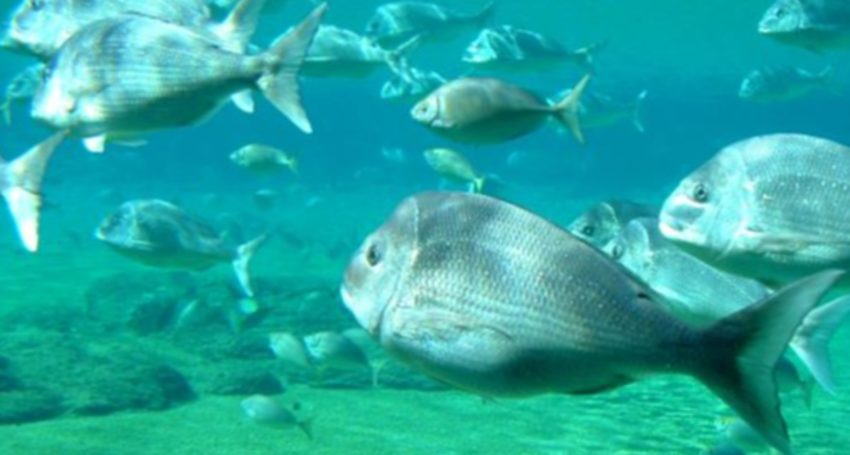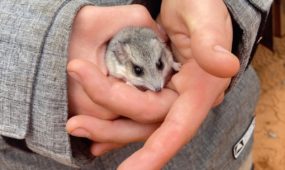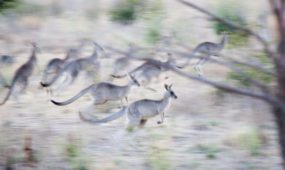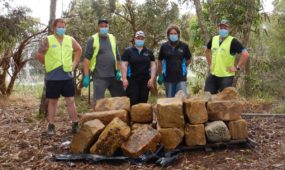Snapper boost for South Australia
Environment
The South Australian Government has announced 300,000 snapper fingerlings will be released in Spencer Gulf and Gulf St Vincent this year.

Sign up to receive notifications about new stories in this category.
Thank you for subscribing to story notifications.

The restock follows a 2020 government snapper fishery assessment, which found that snapper stock in the state’s Spencer Gulf and Gulf St Vincent were “depleted”.
Approximately 150,000 fingerlings will begin to be released in northern Gulf St Vincent over this week, and an extra 150,000 fingerlings are expected to be released into Spencer Gulf in the Australian autumn. Both inlets lie on either side of South Australia’s Yorke Peninsula.
The fingerlings are offspring of adult snapper stock collected from both Gulf St Vincent and Spencer Gulf in 2019.
They have been raised at the South Australian Research and Development Institute’s (SARDI) facility on the coast of Adelaide, and have reached an optimal release size of 40-60 millimetres.
While the $500,000 restocking and recovery program was welcomed by recreational fishers, Alan Hall, president of Australian National Sportfishing Association South Australia, expressed concern over the “dumping” of the fingerlings in the gulf regions.
“I’m a little concerned they’re being put in the gulf with no memory,” Hall said.
“They’re usually raised in schools with adults and annual migratory patterns, so they won’t know where to go.”
He pointed to electronic tagging of snapper conducted in Port Phillip Bay, Victoria, between 2011 and 2015. The results showed snapper have a highly consistent annual migration pattern that optimise the survival of their offspring.
Hall said while the government announced the first round of fingerlings will be released into soft substrate and seagrass habitats in Gulf St Vincent, in his experience with Spencer Gulf, snapper tend to be found more in reefs.
In response to Hall’s concerns, SARDI acting research director Dr Mike Steer said stock enhancement programs have been successfully used to supplement natural production and improve recruitment for numerous fish species in Australia and around the world.
Dr Steer said that previous research in South Australia found that juvenile snapper between 40-100 millimetres are “strongly associated with soft, muddy substrates” before moving on to habitats such as low-profile reefs and seagrass beds as they develop.
Dr Steer said the juvenile snapper will be surveyed to improve understanding of snapper “early life history processes” in a project funded by Fisheries Research and Development Corporation.
The survival of the newly released snapper fingerlings will also be assessed through routine sampling to assess snapper stocks.
Genetic analysis will be used to differentiate between wild stock and hatchery-reared snapper.
RecFish SA spokesperson Alex Williams said RecFish SA “welcomed action from the government to address overfished snapper stocks”.
“We also caution that while the stocking is good news, it is essential to implement long term sustainable fisheries management and properly address habitat issues, as is being done through the OzFish ‘Seeds for Snapper’ seagrass restoration,” Williams said.
The South Australian snapper fishing season will remain closed in the West Coast, Spencer Gulf and Gulf St Vincent regions until January 31, and in the South East region until February 1.
Jump to next article



